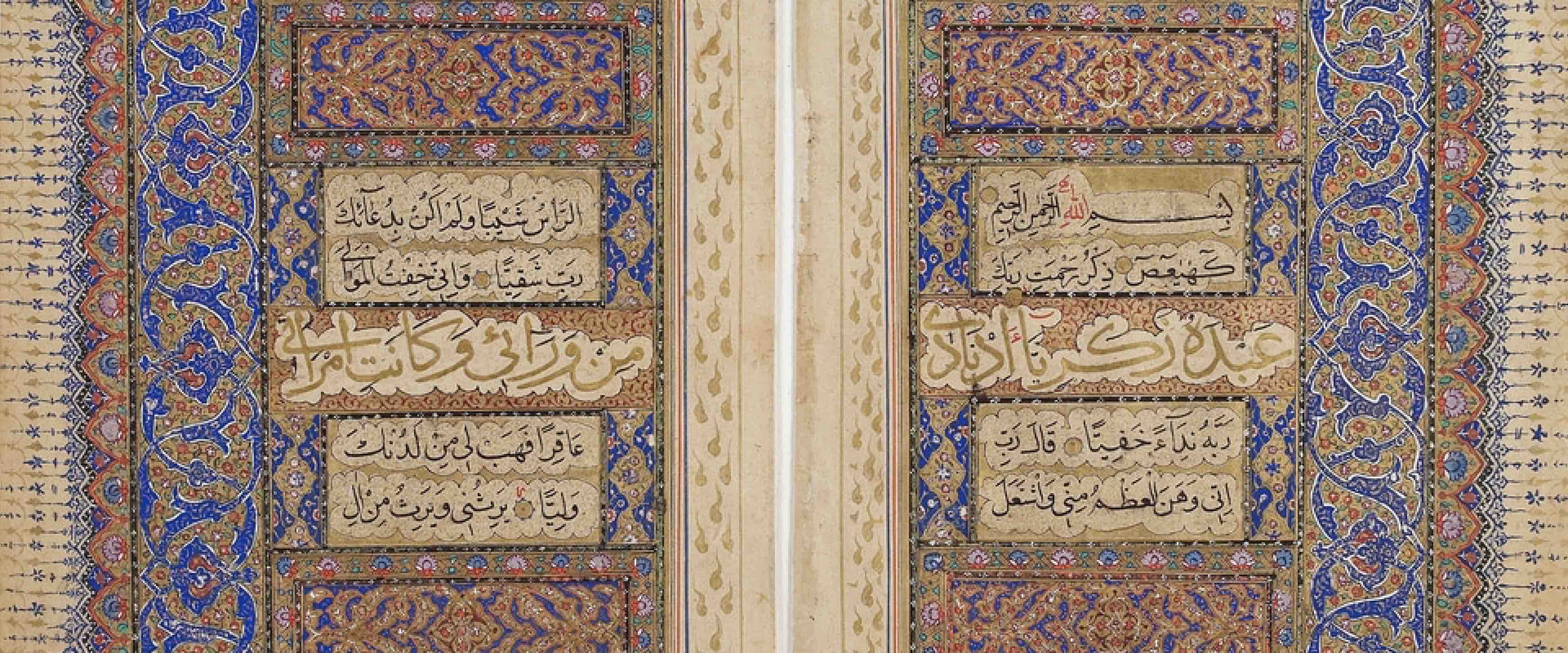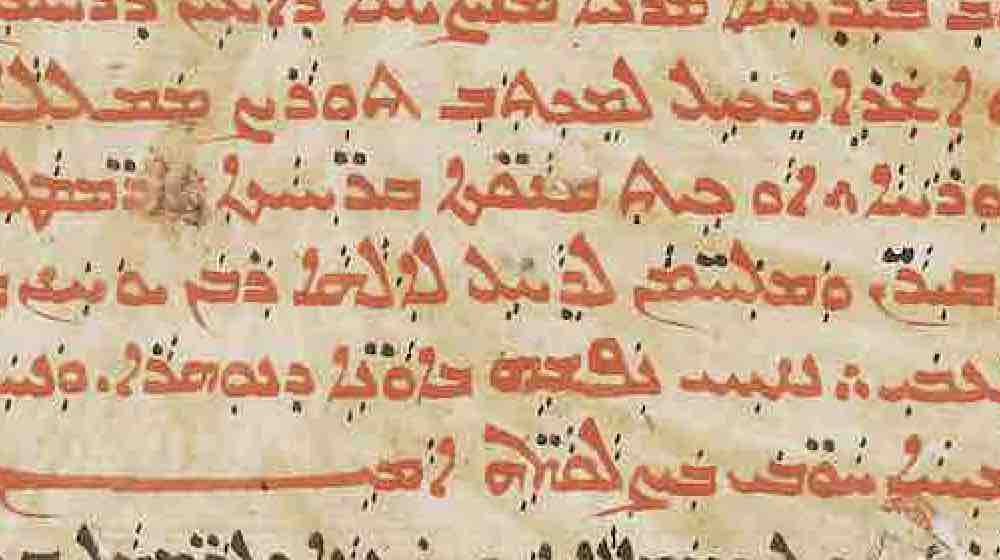New Exhibition In HMML’s Reading Room — Fragmented Beauty
New Exhibition in HMML’s Reading Room — Fragmented Beauty
Our knowledge of the past is often fragmented: ancient artifacts, historical documents, architectural ruins, and other important pieces of history speak to us in an incomplete state. Much of this fractional damage is the result of the ravages of history or natural processes. However, the fragmentation of manuscripts was and is often the direct consequence of human influence.
A new exhibition at the Hill Museum & Manuscript Library (HMML) at Saint John’s University, examines manuscript fragments. Fragmented Beauty features manuscripts that span a time period of over 1,500 years and are of European and non-European origin. The exhibition also explores key components of manuscript research, including content, script, and decoration. But beyond these considerations, the circumstances of fragmentation can also raise important questions about the texts themselves. The exhibition was co-curated by Dr. Matthew Heintzelman, curator for HMML’s Austria-Germany Study Center and curator of rare books, and Molly Lax, HMML’s Irma Wyman intern for spring semester 2017 and now, a May 2017 graduate of the College of Saint Benedict.

“Manuscripts were fragmented for a variety of reasons: to be reused in book bindings, for financial benefit, or to promote access,” said Dr. Heintzelman. “Although the practice was quite common a hundred years ago, fragmentation is discouraged today, as it degrades the integrity of important historical items.”
The exhibition begins with a Coptic Psalter (shown above), one of the oldest items on display. Created in Upper Egypt in the 9th century and discovered in the 1880s, the fragment contains text from the Book of Psalms, and is still legible over 1,000 years after its creation.
Several fragments of non-European origin, including a stunning and ornate Qur’an fragment from the 18th century are also included in the exhibition (shown below). Called a “carpet page,” the fragment is adorned with blue fringe decoration, detailed floral patterns, and gilding, and contains text from two Surahs in the Qur’an.
Investigation of items in HMML’s collections produced an exciting reunion of two separate fragments that came from the same monastic scriptorium. Originally part of a set of matching 13th-century Cistercian manuscripts, two nearly identical fragments of St. Anne teaching the Virgin Mary to read exist in the HMML’s collections. One image is part of an album of manuscript cuttings, and the other is glued onto parchment.

The exhibit is free and open to the public in HMML’s Reading Room now through August 7, 2017. The HMML entrance is located on the lower level of Alcuin Library; the Reading Room is open during regular Alcuin hours. Those wanting more information about visiting HMML should visit www.hmml.org or call 320-363-3514.
The Hill Museum & Manuscript Library’s mission is to identify, digitally photograph, catalog and archive endangered manuscripts belonging to threatened communities around the world. Having formed partnerships with over 540 libraries and archives, HMML has photographically preserved over 140,000 manuscripts from Europe, Africa, the Middle East and India.
HMML is currently preserving manuscript collections in many global sites, including Lebanon, Iraq, Jerusalem, Egypt, Mali and Malta. These resources are available through the recently launched vHMML, at www.vhmml.org, HMML’s new online environment for manuscript research. Learn more at www.hmml.org.




